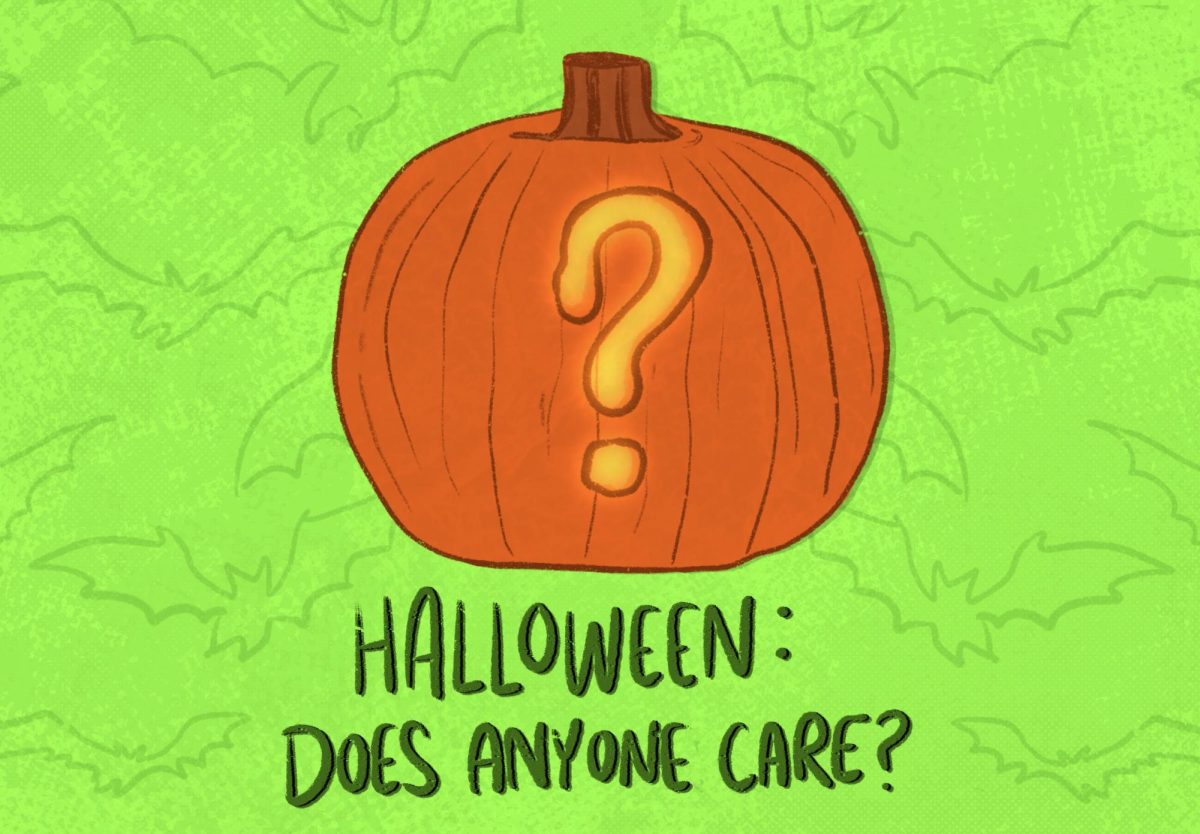The Christian Science Monitor, a century-old newspaper with seven Pulitzer Prizes to its name, announced Oct. 28 that it is leaving the world of newsprint and heading for the infinite column inches of the Internet.
Though some newspapers have dropped newsprint in favor of cyberprint, the Monitor is the first national publication to do so. Its decision to focus on 24/7 Internet coverage and produce a weekly newsmagazine seems, to me, a clarion call for other print outlets to do the same.
Gone are the days of our parents and grandparents when waking up, brewing coffee and scanning the headlines were part of a daily routine. Today, students and parents can wake up and check their cell phones to find Google News alerts or virtually browse all of the nation’s news outlets online. This may be the first wave of print-to-Web conversion.
The Monitor is unique in that its financing is held up by a subsidy from the Christian Science church and reader subscription fees, not advertisements. Despite its affiliation, it features one religious article each day and covers national and international news, business and politics.
In the Monitor article first announcing the paper’s conversion, managing publisher Jonathan Wells said the paper’s relatively small staff and national distribution logistics were a major factor in cutting the print publication, but he added that this decision reflects a greater change in the industry.
Compound those sobering words with two more pieces of Old Media morale-busters from this week:
Gannett, the country’s largest newspaper publisher and owner of USA Today, announced it was laying off 10 percent of its payroll, 3,000 people; Time Inc., the corporate body for Time magazine and Sports Illustrated, cut 600 jobs.
And so we have it. Newspapers will likely all make the change to a Web-only format. Given that we live in a digitized world, this makes sense, but I can’t help but feel some remorse for the death of newsprint.
No one can say for sure when the nation’s remaining media giants will give in to this trend, but as far as I can see, it is inevitable.
The fragmentation of our media options, the growth of the industry, has reached its carrying capacity. Some publishers must die off. Others must adapt. I see it as the Law of Natural Selection as pertaining to journalism: Only the fittest survive.
It makes me sad that we’ve become so entrenched in the digital world that we can no longer sustain newspapers as they have been produced since their inception.
According to a report by the Project for Excellence in Journalism, 85 percent of newspapers with circulations of more than 100,000 have fired staff members in the past three years. At the same time, the demands of the Internet mean more stories, more updates and less fact-checking for reporters.
The industry is conflicted.
Financially, it is logical to embrace the Internet. But it also means a radical change in the industry, the way we read our news and the way we pay for it. (Would you be willing to check nytimes.com if it wasn’t free anymore?)
Call me old fashioned, but I’m not ready to give up my newsprint. I hope enough people like me are out there to save newspapers from giving up the model they’ve used for centuries and changing to an all-Web format.
For now, I’ll be trying to hang on to newsprint, ink staining my fingers, the large pages ruffling as I flip through the world’s events alongside my
morning coffee. I guess all I can do is keep reading the news, not online, but in my hands.
I hope you will be, too.






